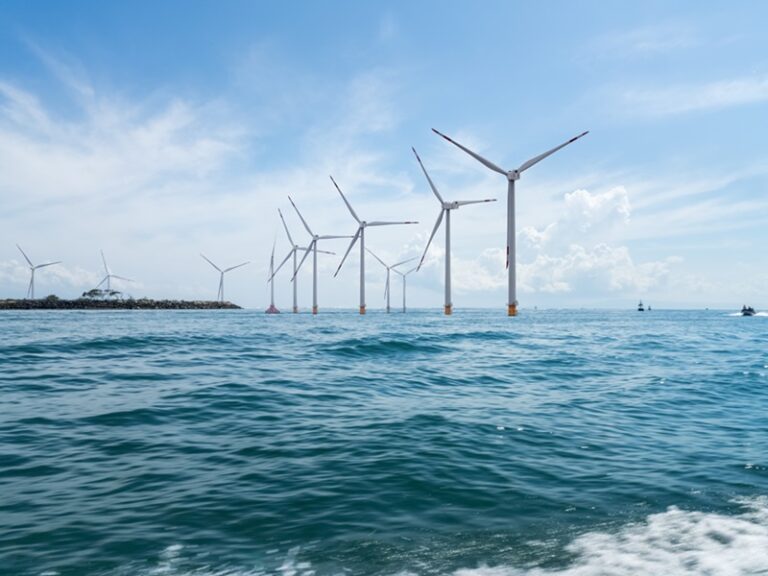Balancing responsibility and costs of wind power plants
Accurately defining and estimating the balancing cost of a single power generation technology, like wind power, is not a straightforward exercise. However, international comparisons of wind integration studies1 suggest that in the EU, increases in balancing costs due to wind variability and uncertainty amounts to approximately 1–4.5 €/MWh for wind energy penetrations of up to 20% of energy demand. This is generally a marginal fraction of the wholesale value of wind energy (about 10% or less). In 2014, average wind energy penetration rate in the EU was 10.2%. EWEA expects this to increase to 14.9% by 2020, which suggests that in medium term, increases in balancing costs will not represent a significant share of total system cost.
In most EU Member States where wind power has a share above 2% in annual generation (14 out of 18 Member States for which data was received) wind power generators are already balancing responsible in financial or legal terms. In these countries, wind power producers generally have the same balancing rules as conventional generation.
Ranges of incurred balancing costs for wind power generators are 2-3 €/MWh on average. Compared to the balancing cost increase in the EU due to wind variability and uncertainty, this would mean that in many cases wind power generators already bear the extra balancing costs they cause. In certain cases, this responsibility even exceeds the costs.
Worryingly, there are some notable exceptions. In a few Member States, balancing costs borne by wind power generators seem to be arbitrarily high and possibly prohibitive for new installations. In Bulgaria, the range is between 10 and 24€/MWh and in Romania, if not part of a large aggregator, wind power generators pay on average 8-10€/MWh.
Wind power generators are in most cases only partly allowed to participate in balancing markets and often only in providing replacement reserves. Overall, balancing market arrangements seem to be applicable for conventional power generators mostly. With current technology, wind power plants can already provide ancillary services including balancing energy offering significant flexibility to the system. Ongoing market reform and EU regulations in form of Network Codes should remove these barriers and provide for balancing market features and products apt for wind energy participation.
Importantly, all future considerations by policy makers on balancing responsibilities by wind power generators need to take into account market maturity as well as the penetration level of wind power in the respective power system. Market-specific boundary conditions under which balancing responsibility by wind power generators can be assumed include:
- Existence of a functioning intraday and balancing market
- Balancing market arrangements providing for the participation of wind power generators, as e.g. short bidding periods
- Market mechanisms that properly value the provision of ancillary or grid support services for all market participants including wind power
- A satisfactory level of market transparency and proper market monitoring
- Sophisticated forecast methods in place in the power system
- The necessary transmission infrastructure



